Choosing the right oil can make a big difference to your health, but with so many options, it’s hard to know which ones really deliver.

There are a lot of conflicting opinions when it comes to which oil is best for cooking, frying, baking, and even drizzling on salads and vegetables. While you may already have your favourite choice—and you certainly don’t need to change that!—here’s how they all stack up nutritionally speaking.
1. Olive oil is still the gold standard
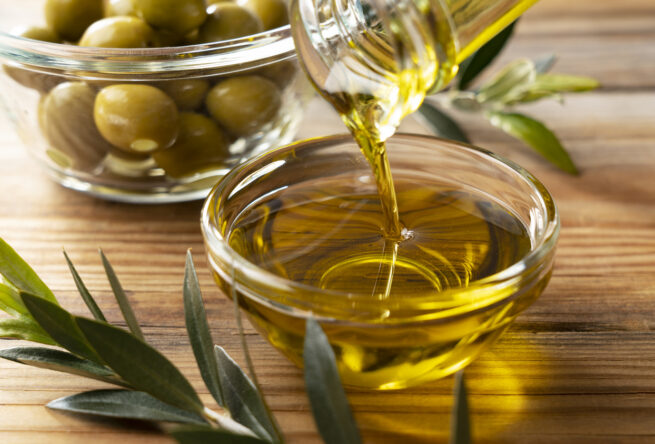
When people think of healthy oils, extra virgin olive oil is usually the first that comes to mind, and for good reason. It’s packed with heart-friendly monounsaturated fats and antioxidants that can help reduce inflammation. Olive oil is incredibly versatile, perfect for drizzling over salads or cooking at low to medium heat. Studies consistently link it to lower rates of heart disease and better brain health, making it one of the best all-rounders you can choose.
2. Avocado oil brings the same benefits with a higher smoke point.
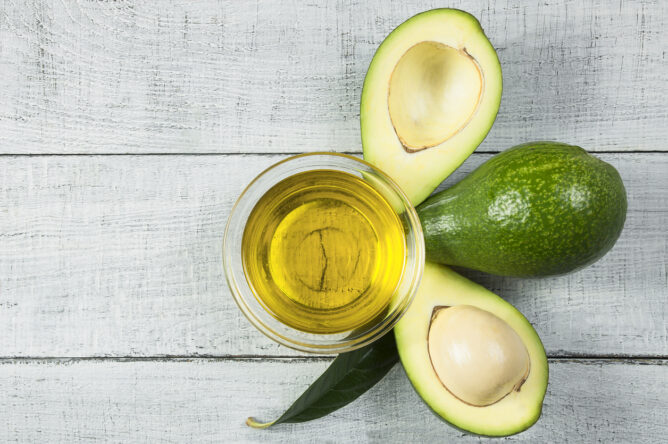
If you love olive oil but need something that can handle higher heat, avocado oil is a fantastic choice. It’s rich in monounsaturated fats too and packed with vitamin E for added skin and heart support. Because it has a higher smoke point, avocado oil works beautifully for stir-frying, roasting, and even grilling. It’s a bit pricier than olive oil, but if you cook at high temperatures often, it’s worth the investment.
3. Coconut oil divides opinions.
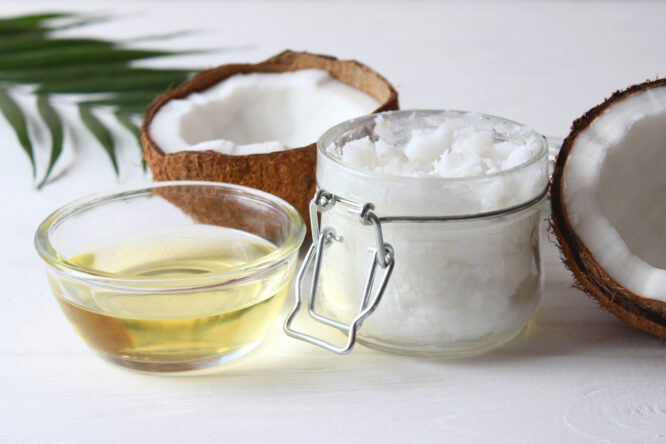
Coconut oil has been trendy for a while, but it’s not without controversy. It’s mostly saturated fat, which raises cholesterol, though some argue it raises the “good” kind (HDL) more than the “bad” (LDL). While it’s fine for occasional use, especially in baking or tropical dishes, it’s probably not the oil you want to make your everyday go-to. A little here and there is okay, but moderation is definitely key.
4. Canola oil has its pros and cons.
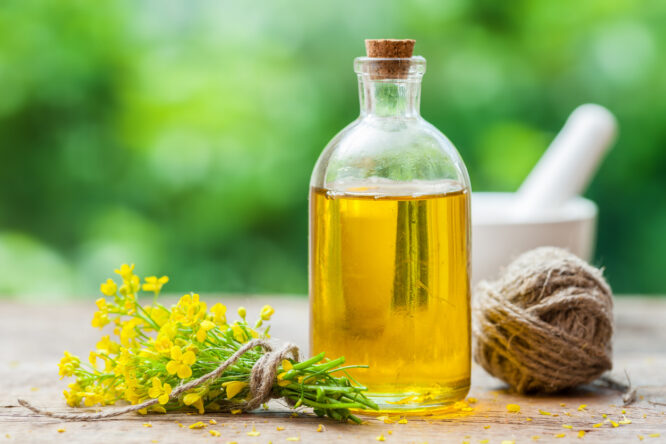
Canola oil often gets recommended because it’s low in saturated fat and high in omega-3s compared to other common cooking oils. It’s also affordable and has a neutral taste, which makes it easy to use. That said, a lot of canola oil is heavily processed. If you’re going to use it, look for cold-pressed or organic options whenever possible to get the best health benefits without unnecessary chemicals.
5. Flaxseed oil is great for cold dishes.
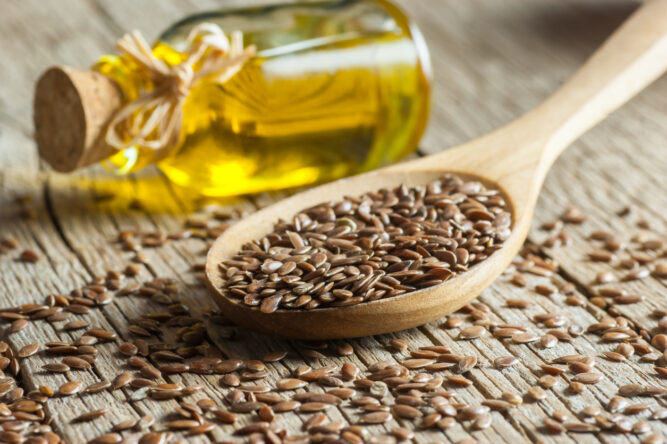
Flaxseed oil is an omega-3 powerhouse, offering high levels of plant-based alpha-linolenic acid (ALA). It’s fantastic for heart health and has even been linked to lowering inflammation levels in the body. The catch? It doesn’t handle heat well at all. Flaxseed oil is best used in smoothies, salad dressings, or drizzled over dishes right before serving, rather than cooking with it.
6. Walnut oil has hidden superpowers.

Walnut oil isn’t as mainstream, but it’s definitely worth considering if you’re after variety. It’s rich in omega-3 fatty acids, antioxidants, and compounds that may help protect your heart and brain. It’s best used cold because it has a fairly low smoke point. The slightly nutty flavour makes it perfect for drizzling over cooked vegetables, mixing into salad dressings, or adding a healthy twist to grain bowls.
7. Sesame oil adds flavour and health benefits.
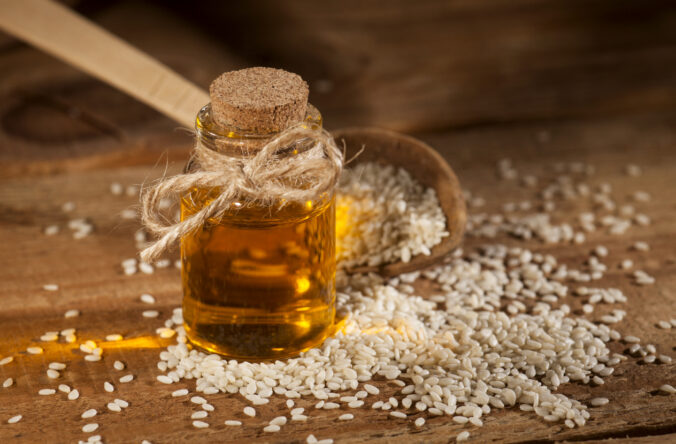
Sesame oil doesn’t just taste amazing; it also has anti-inflammatory and antioxidant properties thanks to compounds like sesamol and sesamin. It’s been a staple in Asian cuisines for centuries for good reason. There are two main types: light sesame oil for cooking and toasted sesame oil for finishing dishes. Toasted sesame oil adds a deep, rich flavour to stir-fries and dressings without needing to use much at all.
8. Peanut oil can be a good option in moderation.
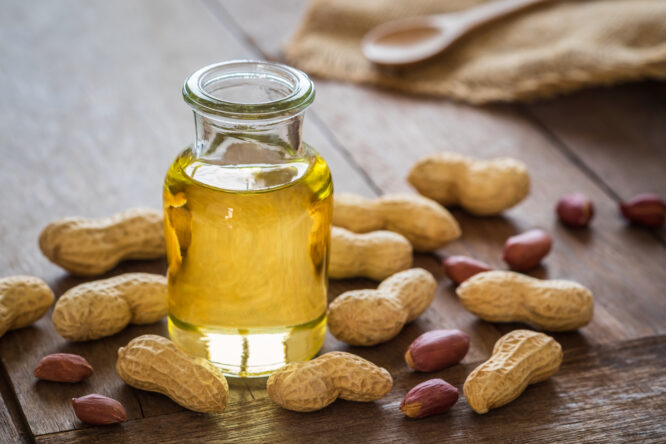
Peanut oil has a high smoke point, which makes it excellent for frying and high-heat cooking. It’s relatively low in saturated fats and has a mild flavour that won’t overpower your dishes. However, it’s easy to overdo it because it’s calorie-dense and not as rich in healthy fats compared to oils like olive or avocado. It’s a good occasional oil, but not necessarily the one you want to lean on every day.
9. Sunflower oil depends on the type you buy.
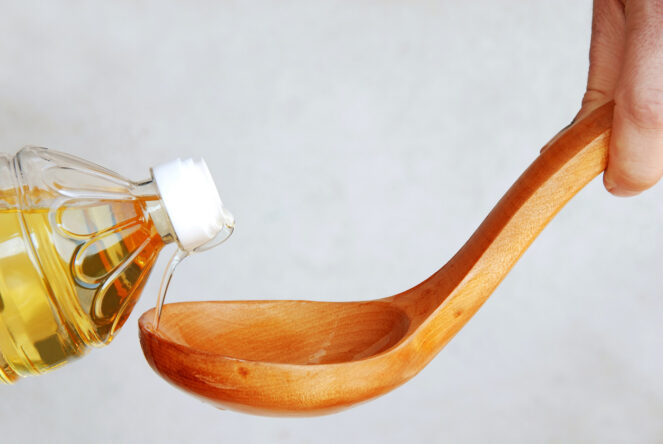
Not all sunflower oils are created equal. High-oleic sunflower oil, which is higher in monounsaturated fats, is a much healthier option compared to standard sunflower oils, which are often heavy in omega-6 fatty acids. Too much omega-6 without enough omega-3 can drive inflammation in the body. If you’re using sunflower oil, make sure you opt for high-oleic versions for a healthier choice that’s better balanced.
10. Grapeseed oil is versatile but not perfect.

Grapeseed oil is often praised for its neutral flavour and versatility, especially in baking and sautéing. It’s low in saturated fat and rich in vitamin E, which offers some antioxidant support. However, it’s also very high in omega-6 fats, so it’s another oil you want to use in moderation. It’s a good backup for certain recipes, but it’s not the healthiest everyday pick compared to olive or avocado oil.




